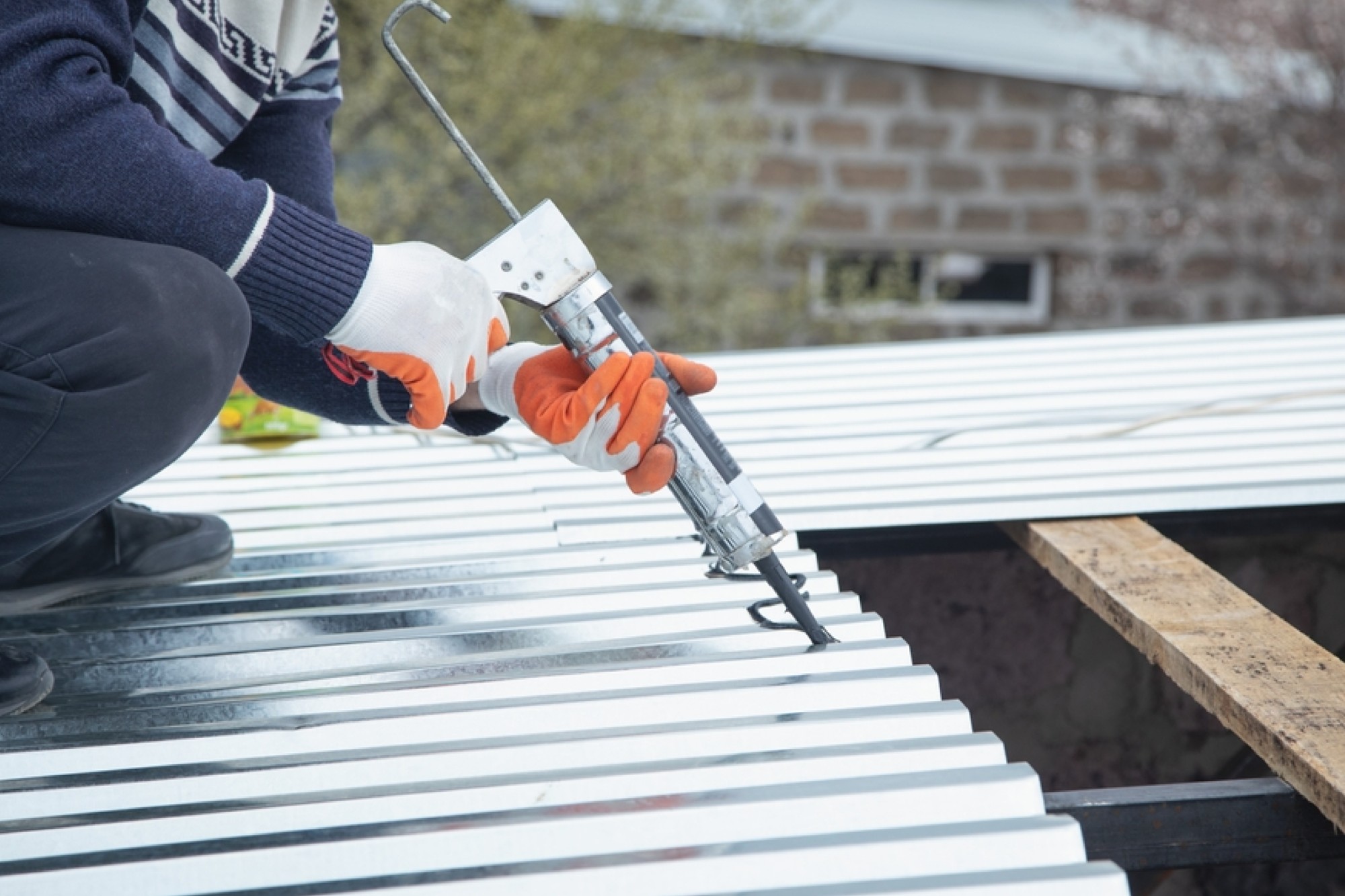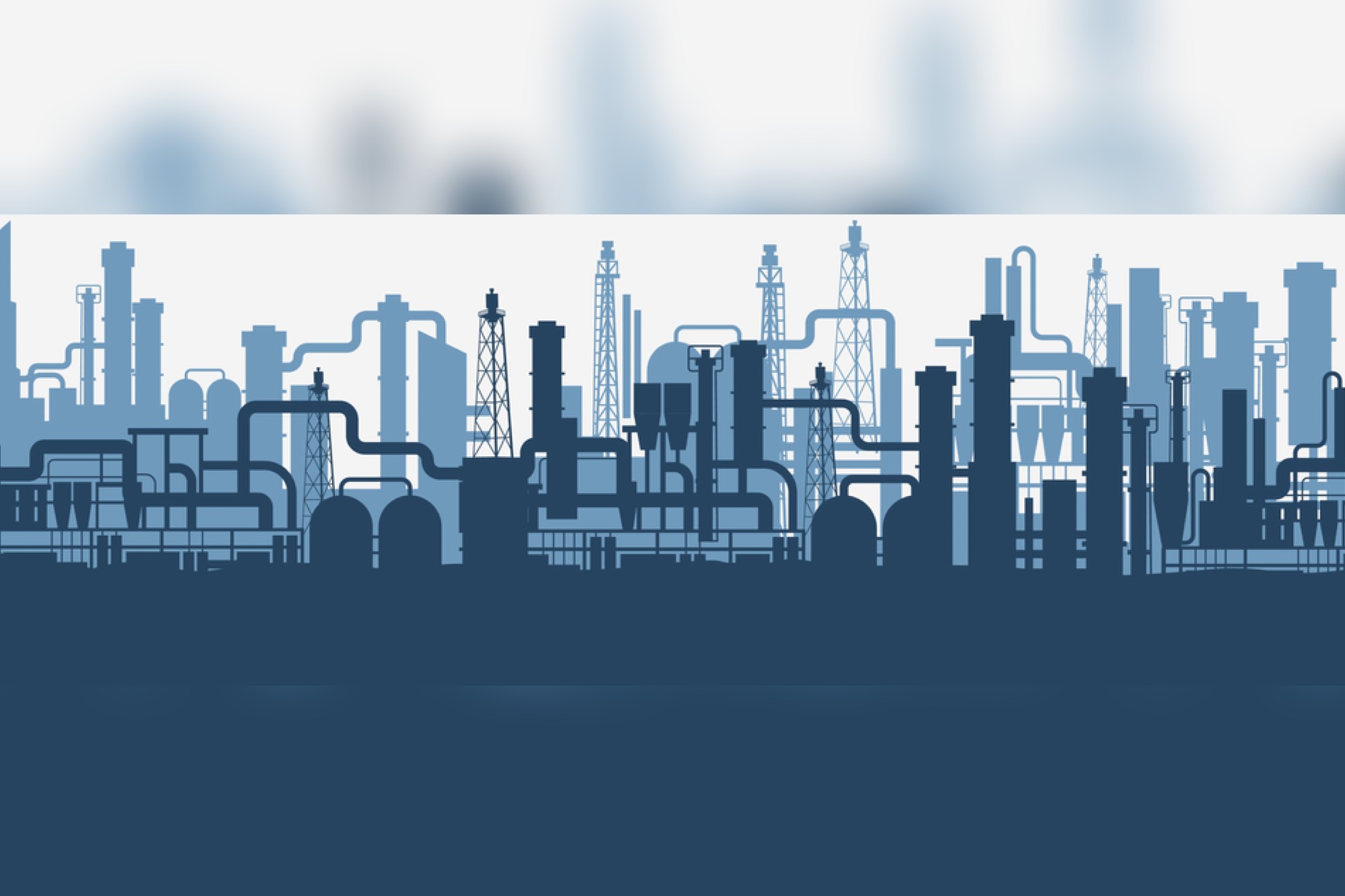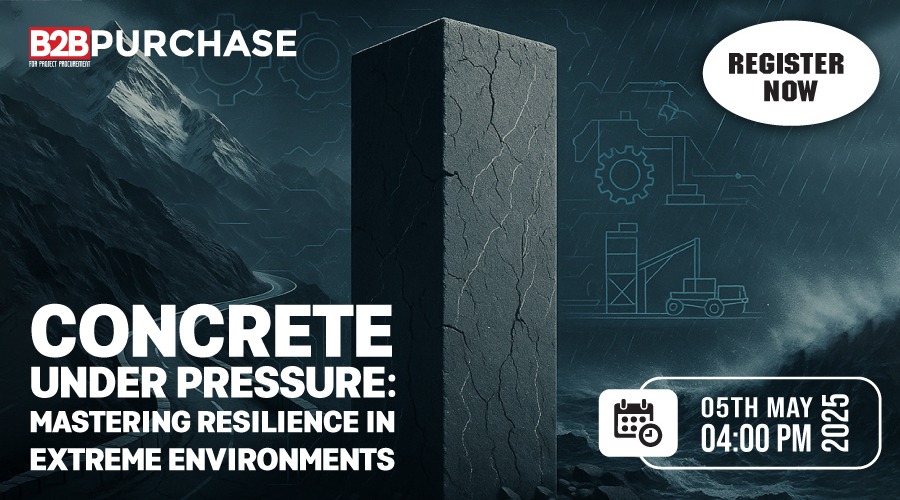MC-Bauchemie’s provide equivalent cover to concrete
By Edit Team | March 23, 2015 6:33 am SHARE

After using good concrete and waterproof plasters, the final stand against water would be a physical barrier to ensure the water does not enter the building envelope and deteriorate structural or cosmetic elements.
Physical waterproofing barriers can be of preformed membranes or they can be slurry-applied membranes. Whilst having many advantages, preformed membranes have the inherent limitations such as overlapping joints and the difficulty of application across change in geometry of the structure. Slurry applied membranes help in overcoming these limitations.
Slurry applied membranes are advantageous on account of their ease of application and mouldability to form seamless membranes over any structure. Polymer modified bituminous emulsions with low VOCs are popular for basement waterproofing especially in aggressive soil conditions. Slurry applied membrane should be of breathable type capable to avoid blisters and craters which an eventually effect the barrier performance. These membranes have crack bridging properties in addition to covering complex geometric shapes. These systems are compatible with moist surfaces, are environmentally friendly, and free from solvents, all the essentials needed for today’s green buildings. These products are also easy to apply, making it perfectly suitable for applications in difficult, space-limited sites.
Applications for these kind of membranes are multifold, in basements, wet areas, swimming pools, tanks, deadwalls, terraces, terrace-gardens, structural elements and so on. The main point to remember while using a slurry applied membrane is the correct detailing of joints, waterstops and interfaces (covings) between horizontal and vertical surfaces.Another benefit, these waterproofing membranes such as zentrifix-elastic, manufactured by MC-Bauchemie, provide is equivalent cover to concrete. For e.g. zentrifix-elastic at 2mm thickness provides a cover equivalent to 72 cm of well-compacted M30 Concrete. This feature allows Zentrifix-elastic to be used in repair and protection projects apart from waterproofing applications.
The specifier or constructor has innumerable materials at its disposal, each claiming to be the best. Most of these materials are characterised by
generic properties. These properties are suitable for quality control to produce batch certificates, but do not address the waterproofing system as a whole. The best waterproofing system is made of good base, good material and good application. The success of waterproofing system depends not only on the materials alone, but also more on application and understanding limitations of the materials in question. Rather than asking for guarantees from applicators, which has not stopped failures, the adherence to quality assurance systems should be reverted to.
Cookie Consent
We use cookies to personalize your experience. By continuing to visit this website you agree to our Terms & Conditions, Privacy Policy and Cookie Policy.






































-20240213125207.png)

























